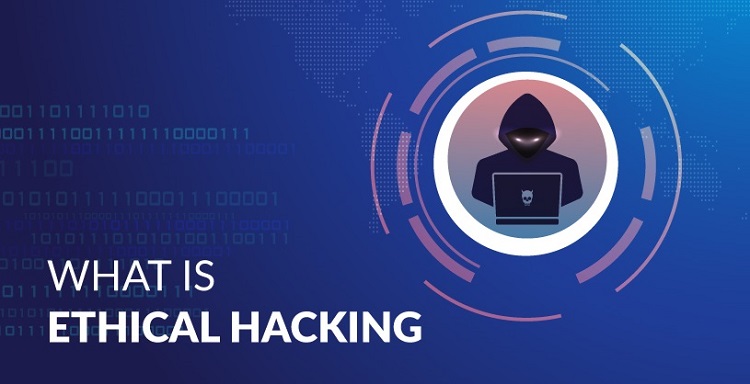Password cracking is one of the imperative periods of framework hacking. Password cracking is the way toward recuperating passwords from the information sent by a PC or mainframe or put away in it. The motivation behind password cracking is to assist a client with recuperating a failed, to remember or lost password, as a preventive measure by framework chairmen to check for effectively delicate passwords, or an assailant can utilize this cycle to acquire unapproved framework access.
Sorts of Password Attacks :
Password cracking parts consistently maltreatment regardless of legal expects to secure unapproved framework access, for instance, recovering a customer’s inability to recollect password. This hack arrangement depends upon aggressors exercises, which are ordinarily one of four sorts:
1. Non-Electronic Attacks –
This is most likely the hacker’s first effort to acquire target system passwords. These sorts of password cracking hacks don’t need any specialized ability or information about hacking or misuse of frameworks. Along these lines, this is a non-electronic hack. A few strategies used for actualizing these sorts of hacks are social engineering, dumpster jumping, shoulder surfing, and so forth.
2. Active Online Attacks –
This is perhaps the most straightforward approach to acquire unapproved manager-level mainframe access. To take the passwords, a hacker needs to have correspondence with the objective machines as it is obligatory for password access. A few techniques used for actualizing these sorts of hacks are word reference, brute-forcing, password speculating, hash infusion, phishing, LLMNR/NBT-NS Poisoning, utilizing Trojan/spyware/keyloggers, and so forth.
3. Passive Online Attacks –
An uninvolved hack is a deliberate attack that doesn’t bring about a change to the framework in any capacity. In these sorts of hacks, the hacker doesn’t need to speak with the framework. In light of everything, he/she idly screens or records the data ignoring the correspondence channel to and from the mainframe. The attacker by then uses the critical data to break into the system. Techniques used to perform passive online hacks incorporate replay attacks, wire-sniffing, man-in-the-middle hack, and so on.
4. Offline Attacks –
Disconnected hacks allude to password attacks where an aggressor attempts to recuperate clear content passwords from a password hash dump. These sorts of hacks are habitually dreary yet can be viable, as password hashes can be changed due to their more modest keyspace and more restricted length. Aggressors utilize preprocessed hashes from rainbow tables to perform disconnected and conveyed network hacks.
Some of the best practices protecting against password cracking include :
- Perform data security reviews to screen and track password assaults.
- Try not to utilize a similar password during the password change.
- Try not to share passwords.
- Do whatever it takes not to use passwords that can be found in a word reference.
- Make an effort not to use clear content shows and shows with weak encryption.
- Set the password change technique to 30 days.
- Try not to store passwords in an unstable area.
- Try not to utilize any mainframe’s or PC’s default passwords.
- Unpatched computers can reset passwords during cradle flood or Denial of Service assaults. Try to refresh the framework.
- Empower account lockout with a specific number of endeavors, counter time, and lockout span. One of the best approaches to oversee passwords in associations is to set a computerized password reset.
- Ensure that the computer or server’s BIOS is scrambled with a password, particularly on devices that are unprotected from real perils, for instance, centralized servers and PCs.





0 comments:
Post a Comment